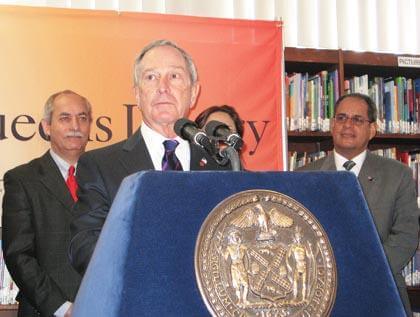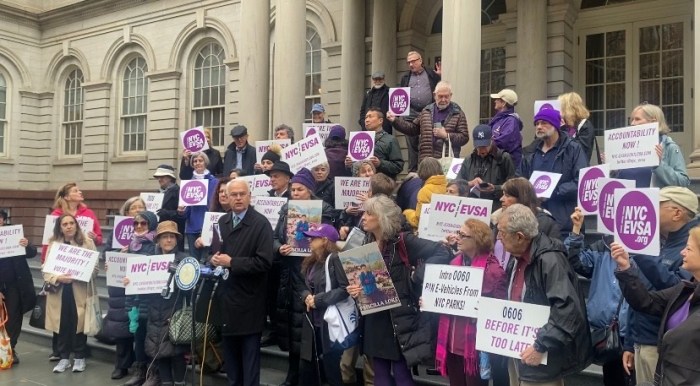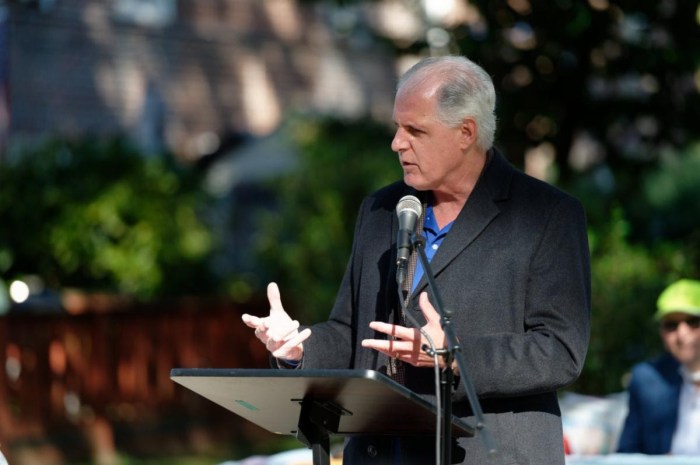By Howard Koplowitz and Ivan Pereira
Like everything else in this economy, the U.S. Census is cutting down.
The Census forms hitting mailboxes next year will only be asking 10 questions involving a respondent’s name, gender, age, ethnicity, relationship and whether he or she owns or rents a home and should take no more than 10 minutes to complete, the agency said last week.
More detailed questions will now be handled by the American Community Survey, conducted through the Census every year and which is replacing the long−form questionnaire that was distributed in 2000.
Census workers in Queens kicked off the effort to accurately count how many people are living in the country on April 1, exactly a year before the Census expects to get the forms mailed back, by urging community leaders to raise awareness of the count.
Questionnaires are scheduled to be mailed between February and March 2010 and are expected to be filled out and returned around April 1. Census workers will be visiting households that did not mail back the forms between April and July. The Census is expected to deliver the data to President Barack Obama in December 2010.
The borough office has done extensive outreach with the immigrant community, noting that foreign−born residents may fear deportation by answering the questionnaires.
The borough office is also going to get some help from a new city Census office that was created by Mayor Michael Bloomberg Monday. In a news conference at the Central Library in Jamaica, Bloomberg said the new office will be enacting a strong campaign to alert New Yorkers about the census because the city’s response rate during the last survey was 55 percent, 12 percent lower than the national average.
“That means an awful lot of people did not get counted,” he said.
Stacey Cumberbatch, the newly appointed city Census coordinator, said her office will be spreading the word over the next year by meeting with community leaders, promoting the office’s Web site and other forms of outreach.
“I think the method is going to be labor intensive,” she said. “We’re going to explain what the Census is about.”
The Census found that the borough’s population rose 2.85 percent between April 2000 and July 2008, according to figures released late last month that relied on numbers from the American Community Survey.
There are roughly 2.29 million people living in Queens, according to the new figures, compared to 2.22 million in 2000 — a difference of 63,628.
Completed every 10 years, the Census aims to count all the people living in the country.
The Census is used to determine how many congressional seats each state receives and to help the federal government allocate $300 billion in federal assistance.
In Queens, the local Census office had been preparing for the count since last year.
Census workers have been counting all the dwellings in the borough since December so the agency knows how many forms it has to mail out to get an accurate count.
Bloomberg stressed that the Census is confidential and undocumented New Yorkers and other persons should not be afraid of taking part in the survey.
Reach reporter Howard Koplowitz by e−mail at hkoplowitz@cnglocal.com or by phone at 718−229−0300, Ext. 173.


































